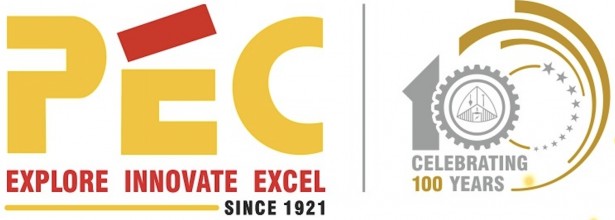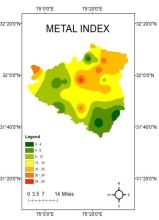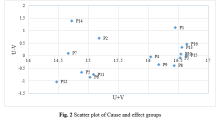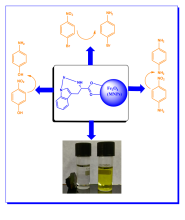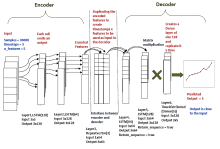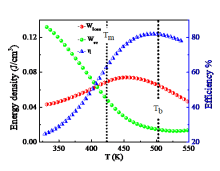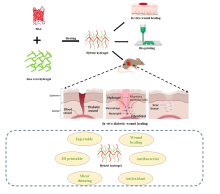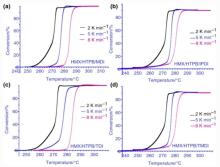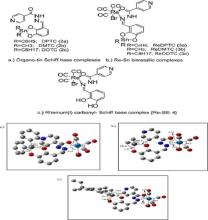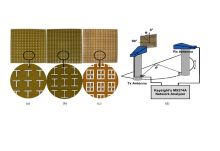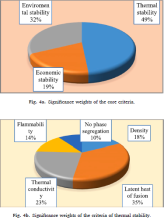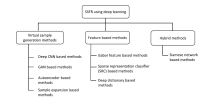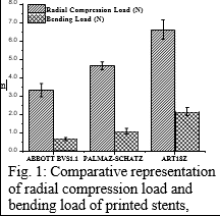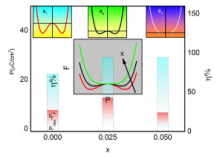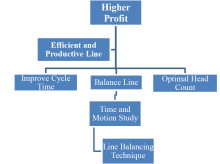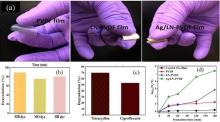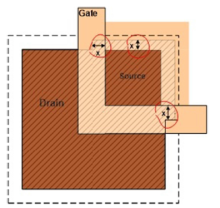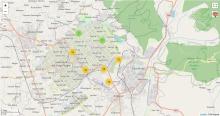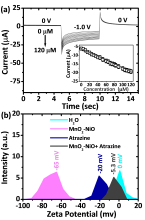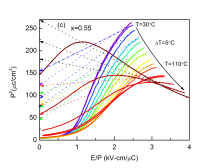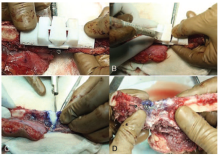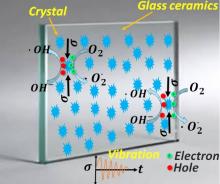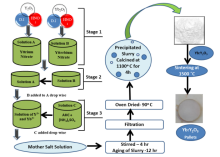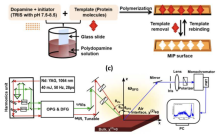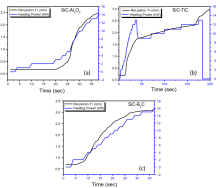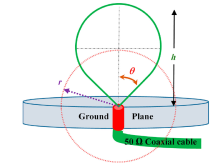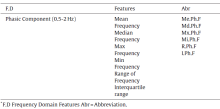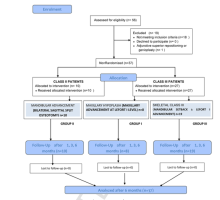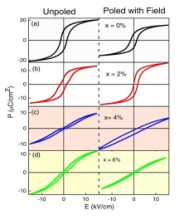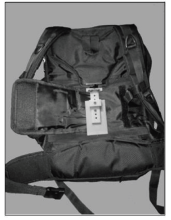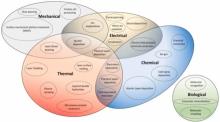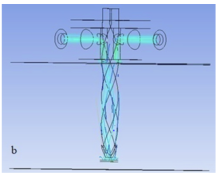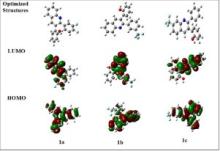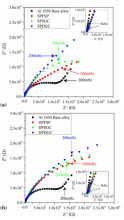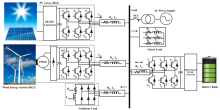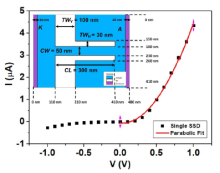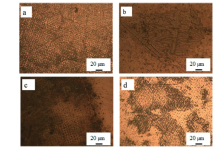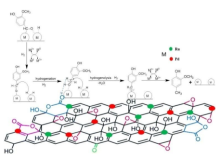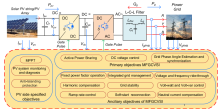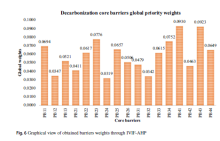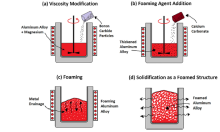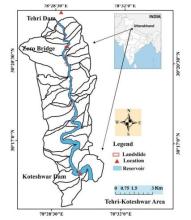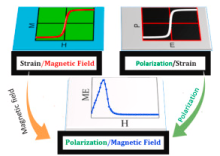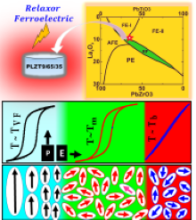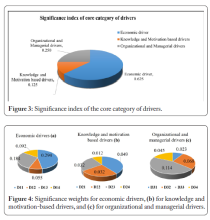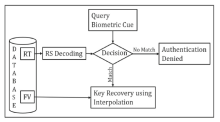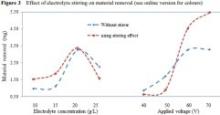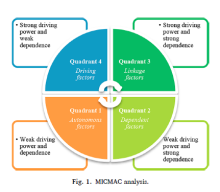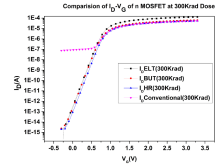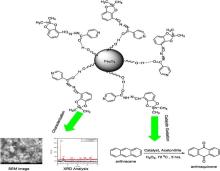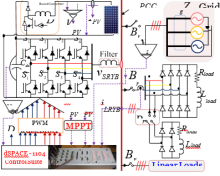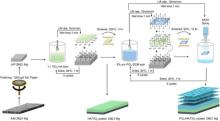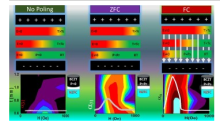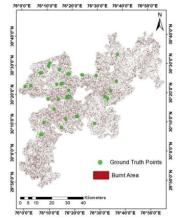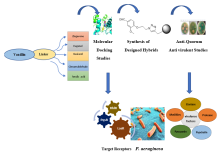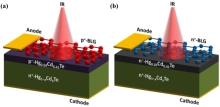1. Introduction
The Industry-Academia Lecture Week (March 3-7, 2025) was organized by the Department of Electronics and Communication Engineering, Punjab Engineering College (Deemed to be University), Chandigarh, with the objective of bridging the gap between academia and industry. This lecture series provides a platform for students and faculty to interact with industry experts and gain insights into the latest technological advancements.
The second session, conducted on March 6, 2025, focused on the topic “Switched Reluctance Motor Drive Application” The session was conducted online and saw active participation from faculty members, students, and researchers.
2. Session Details
• Topic: Switched Reluctance Motor Drive Application
• Speaker: Dr. Prosenjit Mondal, Senior Engineer at Microchip Technology
The session commenced with a warm welcome by Dr. Radhika Malhotra, who greeted the speaker, faculty members, and students.
3. Speaker Presentation
Switched Reluctance Motors (SRMs) have gained significant attention in recent years due to their simple construction, high efficiency, and suitability for various industrial applications. The lecture covered several critical aspects of SRMs, including:
- Fundamental Principles: The SRM operates based on the principle of reluctance torque, which is generated due to the tendency of the rotor to align with the lowest reluctance path of the stator field. Unlike traditional AC and DC motors, SRMs do not require permanent magnets or windings on the rotor, making them cost-effective and robust.
- Design and Construction: SRMs consist of a salient-pole stator with concentrated windings and a salient-pole rotor with no windings or conductors. Their rugged construction makes them suitable for high-speed and high-temperature environments.
- Control and Drive Mechanism: The performance of an SRM depends largely on the control strategy used for excitation and commutation. Advanced power electronics and microcontroller-based controllers enable precise speed and torque control.
- Applications of SRMs: Electric Vehicles (EVs): Due to their high torque density and efficiency, SRMs are being increasingly used in EV propulsion systems. SRMs find applications in conveyor systems, robotics, and aerospace industries where reliable performance is essential. SRMs are also being integrated into wind energy conversion systems due to their durability and high efficiency.
- Advantages and Challenges: SRMs offer benefits such as high efficiency, fault tolerance, and lower manufacturing costs due to the absence of rare-earth magnets. The primary challenges include torque ripple, acoustic noise, and the need for sophisticated control algorithms.
4. Q&A and Interaction
The session was followed by an engaging Q&A session, where students and faculty actively participated by posing insightful questions to the speaker. Topics such as the future prospects of SRMs, their role in electric mobility, and potential solutions to mitigate torque ripple were discussed in detail. The interactive discussion provided a deeper understanding of the subject and allowed attendees to explore potential research directions.
5. Conclusion
The lecture provided an in-depth understanding of the technological advancements in switched reluctance motor drive applications. The interactive session allowed students and faculty to engage with the industry expert, discuss real-world challenges, and explore potential research opportunities in this field.
The Industry-Academia Lecture Week was a highly successful initiative, reinforcing the importance of industry-academia collaboration in driving technological innovation. The Department of Electronics and Communication Engineering looks forward to organizing similar events in the future to continue fostering knowledge exchange between academia and industry.
6. Acknowledgment
The Department of Electronics and Communication Engineering extends its heartfelt gratitude to the esteemed speaker for sharing their valuable insights and expertise. The acknowledgment of the speaker and their contributions was delivered by Dr. Radhika, who expressed appreciation for the insightful session and recognized the efforts of the organizing team, faculty, and students for their active participation in making the event a success. Some glimpses of the event have been attached.





